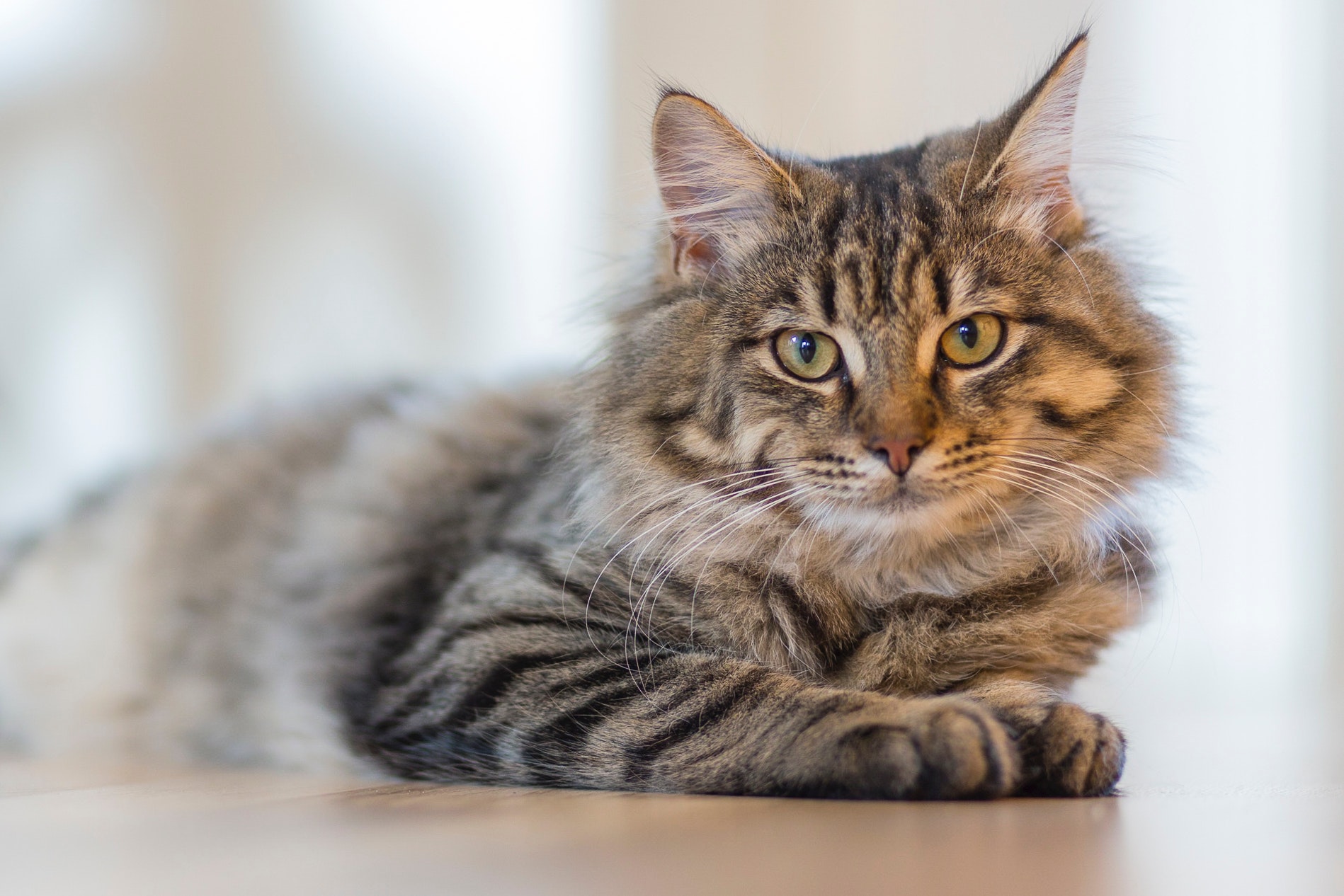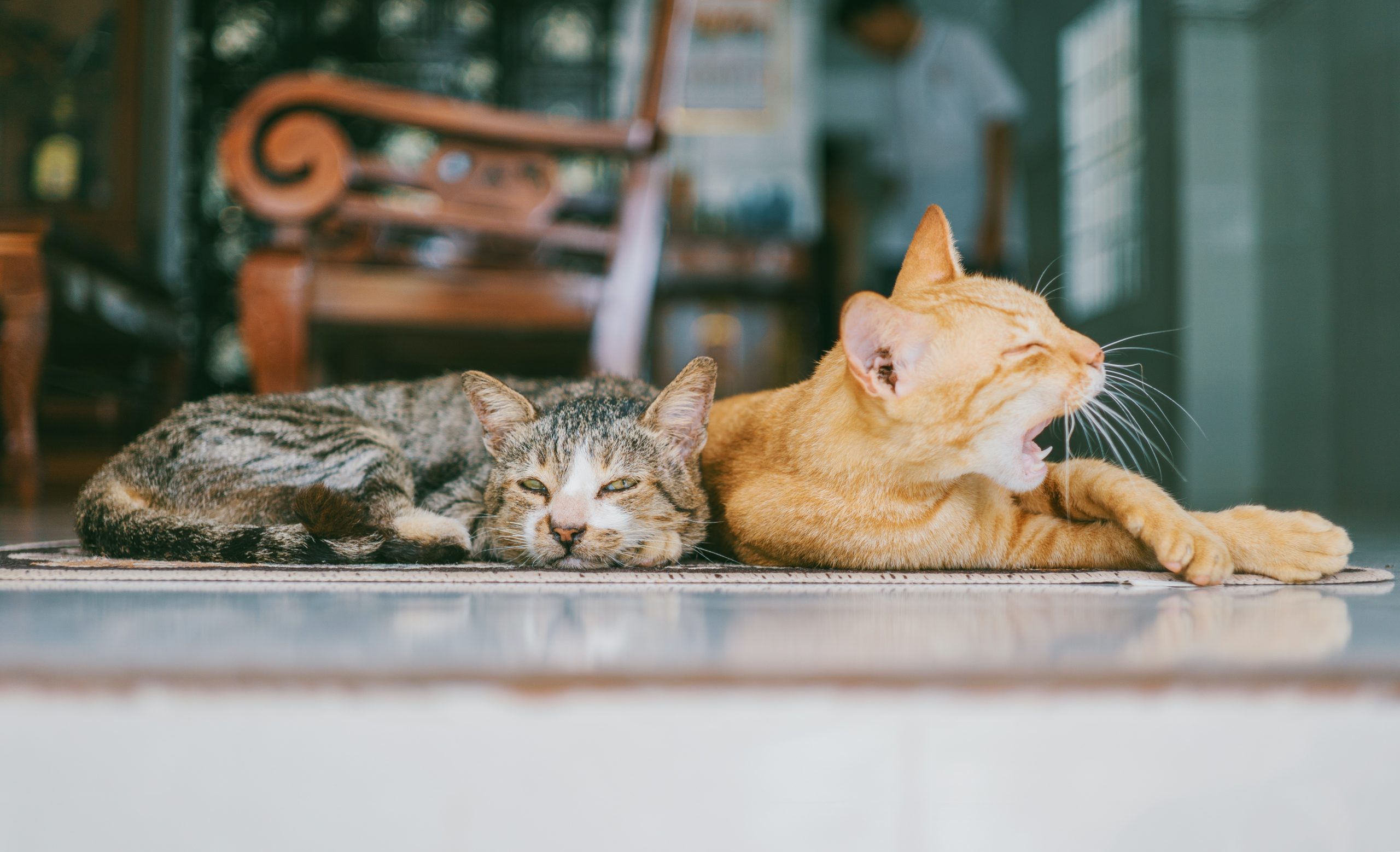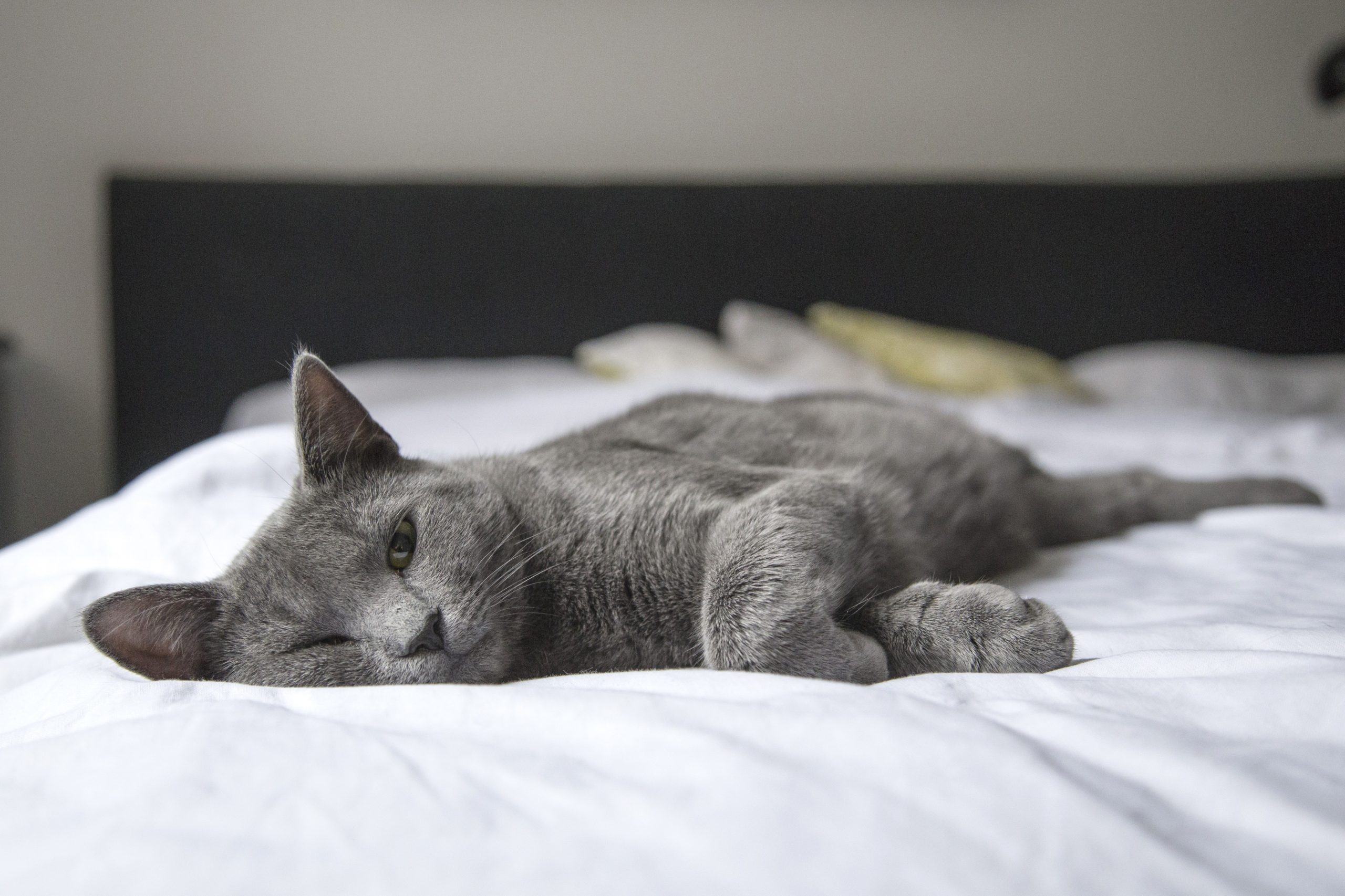“…the flea, though he kill none, he does all the harm he can;” John Donne (1572-1631).
This may have been the case even a few years ago, but recently I have seen quite a few cats with severe (even fatal) illnesses and all initiated by fleas.
The culprit of our annual plague is, in fact, the cat flea (Ctenocephalides felis), so they are perfectly adapted to their feline hosts.
The flea story
The earliest research into fleas was on the rat flea (for the purposes of controlling Bubonic Plague), and the research on the lifecycle of that flea was assumed to be typical of all fleas. However, our friendly feline flea actually has almost the reverse preferences to the rat flea, so control in the early days (and here I only mean the 1980’s) was based on incorrect assumptions.
Even today, you may hear that fleas live most of their lives off the host animal, only jumping on to feed. True for the rat flea (and possibly for the human flea, which is the predominant flea in Bombay, by the way), but very wrong for the cat flea. Have you ever noticed what happens if you ever manage to pick a flea off a cat? It tries desperately hard to jump back onto its furry warm host.
The adult flea spends all of its time on your cat (or dog). However, only 5% of the flea problem exists as adults on the cat. The remainder are ‘resting’ as eggs or pupae in the environment (especially carpets), waiting for your cat to breathe on them or for your footsteps to vibrate them into action! They hatch in less than half a second, and leap for whatever is warm nearby, and they won’t leave until they are dead or plucked off.
Fleas do avoid light, however, which is why they don’t hang about on us for long.
The flea, the vampire
As everybody knows, the flea is after your cat’s blood. In fact, the female flea has to have a blood meal each day in order to lay her eggs. Less known is that once a flea has fed on blood, it will digest itself and die within three days if it does not continue to get blood. So much for ‘hopping off’ and taking the chance that another feed will come by!
However, the flea can wait for up to a year for that first feed, so that makes last year’s problems extend to this year (unless you let your carpet either freeze or be steamcleaned to 70°C in the meantime).
Cats and fleas have co-existed for thousands of years, so what has happened to upset the balance such that cats have died from their fleas? Little cats can literally be ‘sucked dry’ of blood from fleas, especially if they are in a warm, humid spot with lots of eggs around. However, part of a kitten’s problem is that it does not catch fleas very efficiently, so one flea will stay on board, sucking and laying eggs (40 per day!) for a couple of weeks, by which time the first round of eggs are hatching (maybe even all 40 together), and that is your little cat bled out.
I have also seen fleas kill an adult cat – a long-haired, short-faced Persian, who could not catch fleas either, and was ‘bled out’ over a two month period. The owner did not know what a flea looked like and, by the time the cat was sick, even a blood transfusion could not save it.
Other flea-related problems
Another flea-related problem is due to allergies to fleas (some cats even have epileptic fits after a flea bite, but most show skin or lip lesions). These cats get welts and red patches on their skin, often on their hind legs. Cats do not show ‘itchiness’ in the same way as dogs as humans, by scratching. They tend more to lick or spend a lot of time grooming. Some black cats even go brown because their saliva contains iron, and it rusts on their coat. Treatment for cats with such strong reactions to flea bites needs to be pretty efficient and persistent, but you can make most of these cats happy again.
Also, there is the blood parasite within the flea – Haemobartonella felis – which sits on cat red blood cells and causes them to rupture, leading to another type of anaemic death. These cats get fever and jaundice, and can become quite ill. Recently a kitten was ‘just not growing or doing well’, and he even had a heart murmur. All due to a low grade infection with H.felis and the associated anaemia.
Give the fleas the flick
Most flea problems ‘sneak up’ on cats and owners, but now there are some great ways to keep your cat comfortable. The newer products are very effective, easy to administer, and help control fleas in the environment as well as kill adult fleas on your pet. Please ask your vet for advice before your cat has a ‘miserable summer’.
The flea is relentless in its pursuit of your cat’s blood! Be relentless in your pursuit of the flea!
About the Author
Dr. Kim Kendall BVSc MACVSc (Cat Medicine and Animal Behaviour) is one of Australia’s and the worlds best known Cat Vets.
Since 1994 her dedicated cat-only veterinary, boarding and grooming centre, The Chatswood Cat Palace has been based on Sydney’s North Shore.
Kim loves cats, and wants the best for them, using science to back up intuition and passion for feline health. She is also a pioneering expert in the field of Feline Friendly Care at home and at the vet clinic and has written extensively on the subject. Read more



